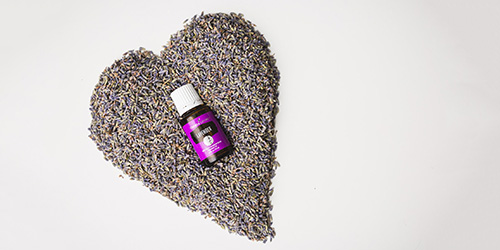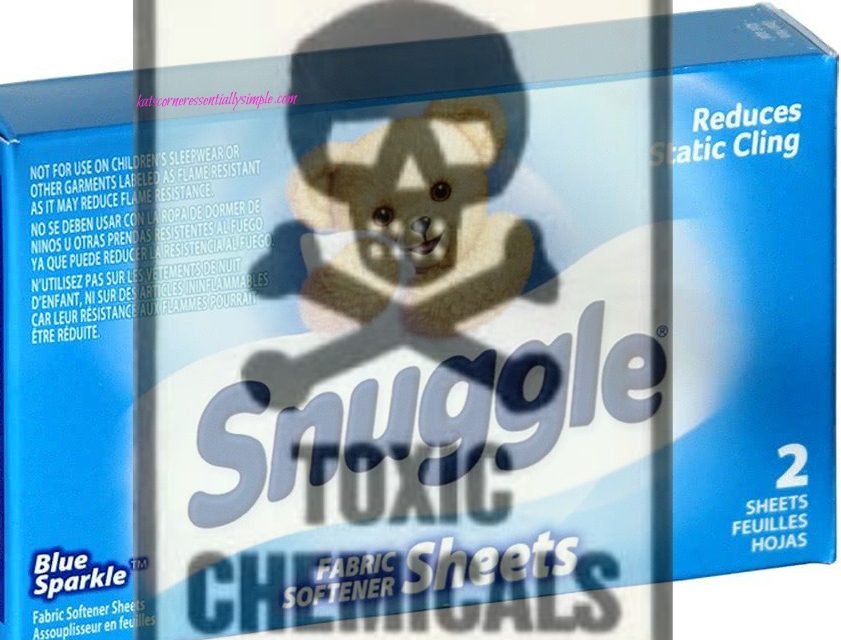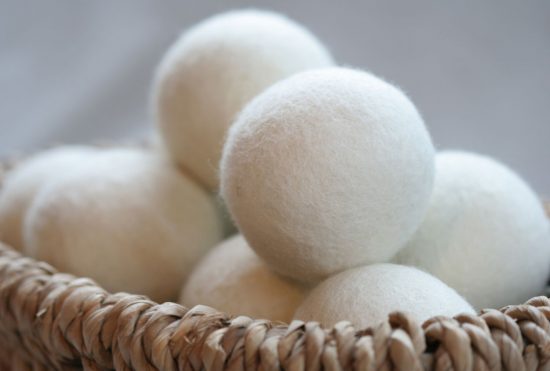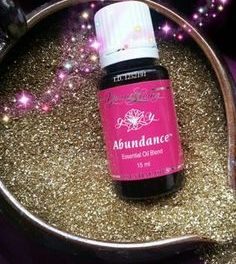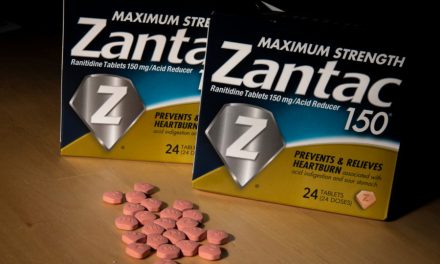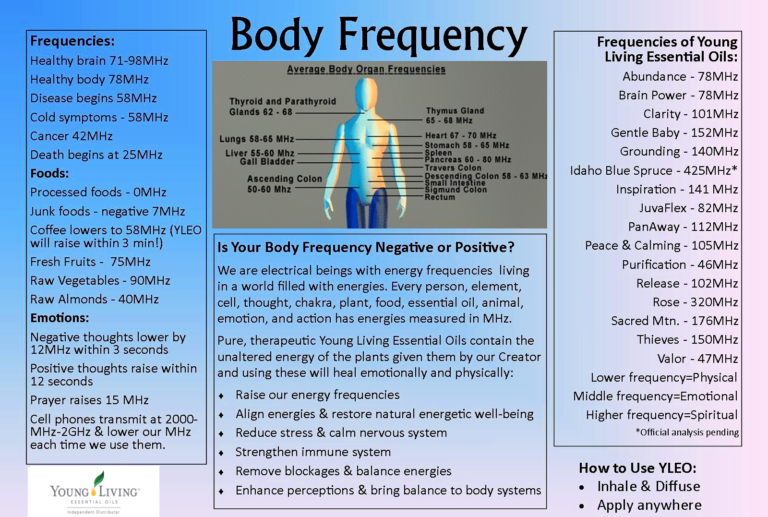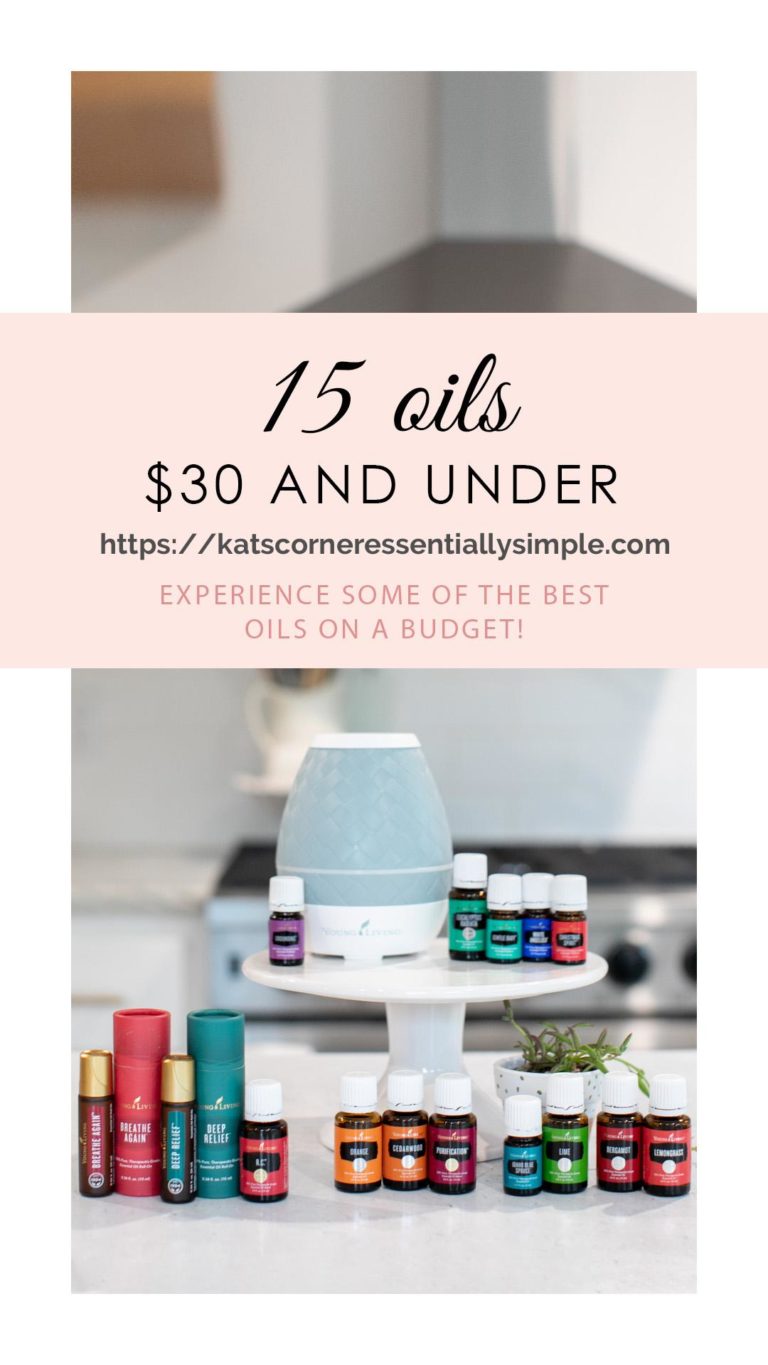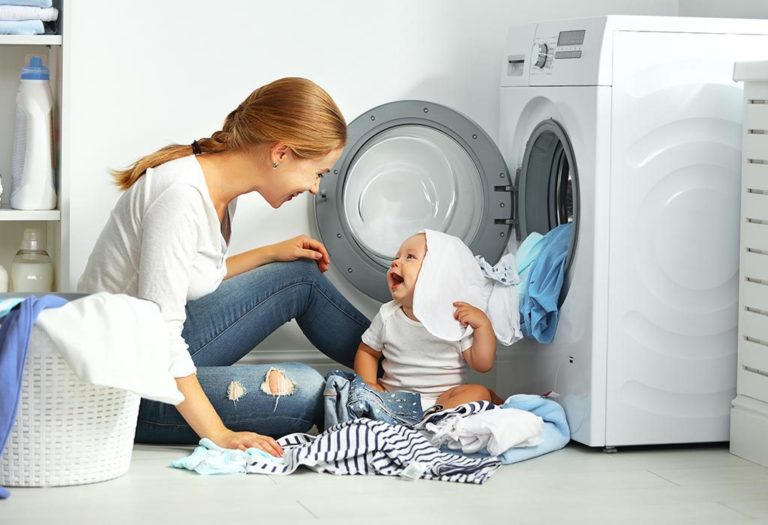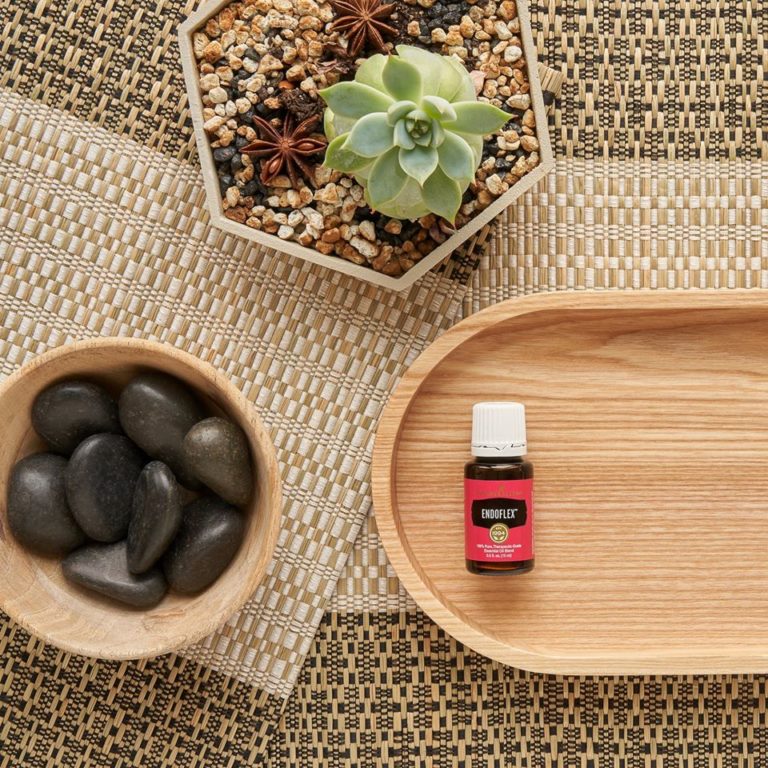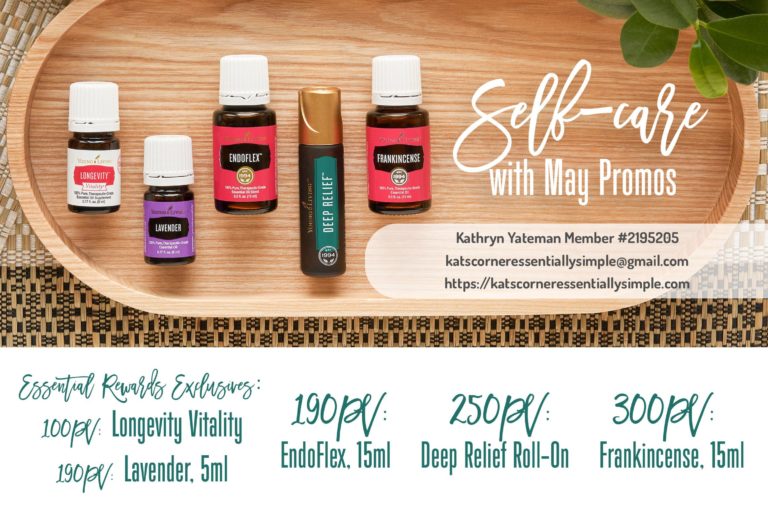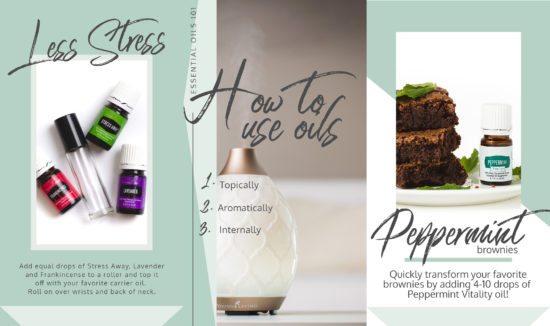This is your wake up call!
AND…
This is the easiest swap you could ever do!
By Kathryn Yateman
Oct. 21st 2017
Did you know that just by switching this …….
You are making the easiest and one of the healthiest swaps you could ever do! Its no joke, Dryer sheets are loaded with harmful chemicals that come in constant contact with your skin, your families skin, every single day and night! We will save Laundry Soap for another day , but maybe starting thinking about it. First, I have two reports for you to check out. One is from Pub Med.gov and the other is from The Health Wyze Report. Pub Med. is a government site that is open to the public. So in other words, It’s not me just spouting out made up information to get you to buy our oils, you are welcome to look deeper into all resources!
Pub Med:
Environ Health Perspect. 2012 Jul;120(7):935-43. doi: 10.1289/ehp.1104052. Epub 2012 Mar 8.
Endocrine disruptors and asthma-associated chemicals in consumer products.
Dodson RE1, Nishioka M, Standley LJ, Perovich LJ, Brody JG, Rudel RA.
Author information
Abstract
BACKGROUND:
Laboratory and human studies raise concerns about endocrine disruption and asthma resulting from exposure to chemicalsin consumer products. Limited labeling or testing information is available to evaluate products as exposure sources.
OBJECTIVES:
We analytically quantified endocrine disruptors and asthma-related chemicals in a range of cosmetics, personal care products, cleaners, sunscreens, and vinyl products. We also evaluated whether product labels provide information that can be used to select products without these chemicals.
METHODS:
We selected 213 commercial products representing 50 product types. We tested 42 composited samples of high-market-share products, and we tested 43 alternative products identified using criteria expected to minimize target compounds. Analytes included parabens, phthalates, bisphenol A (BPA), triclosan, ethanolamines, alkylphenols, fragrances, glycol ethers, cyclosiloxanes, and ultraviolet (UV) filters.
RESULTS:
We detected 55 compounds, indicating a wide range of exposures from common products. Vinyl products contained > 10% bis(2-ethylhexyl) phthalate (DEHP) and could be an important source of DEHP in homes. In other products, the highest concentrations and numbers of detects were in the fragranced products (e.g., perfume, air fresheners, and dryer sheets) and in sunscreens. Some products that did not contain the well-known endocrine-disrupting phthalates contained other less-studied phthalates (dicyclohexyl phthalate, diisononyl phthalate, and di-n-propyl phthalate; also endocrine-disrupting compounds), suggesting a substitution. Many detected chemicals were not listed on product labels.
CONCLUSIONS:
Common products contain complex mixtures of EDCs and asthma-related compounds. Toxicological studies of these mixtures are needed to understand their biological activity. Regarding epidemiology, our findings raise concern about potential confounding from co-occurring chemicals and misclassification due to variability in product composition. Consumers should be able to avoid some target chemicals-synthetic fragrances, BPA, and regulated active ingredients-using purchasing criteria. More complete product labeling would enable consumers to avoid the rest of the target chemicals.
- PMID:
- 22398195
- PMCID:
- PMC3404651
- DOI:
- 10.1289/ehp.1104052
Now from The Health Whyze Reports:
The Toxicity of Dryer Sheets, Fabric Softeners, and Laundry Detergents
- Written by Sarah C. Corriher The Health Wyze Report
- Category: Reports
Health conscious people have a tendency to overlook the hazards in their cleaning materials, and manufacturers are not required to accurately list the ingredients of such products. Manufacturers simply do not mention ingredients that they think customers would disapprove of. In other cases, they use vague terms like “brightener”, instead of listing the standard chemical names.
Laundry detergents usually contain chemicals that are dangerous to the health and irritating to the skin. A residue of these chemicals remains on clothing after it is washed. Clear evidence of this can be found in scented products, because chemical fragrances would be useless if they were simply washed out. Chemical fragrances are especially bad, and are known for aggravating asthma.
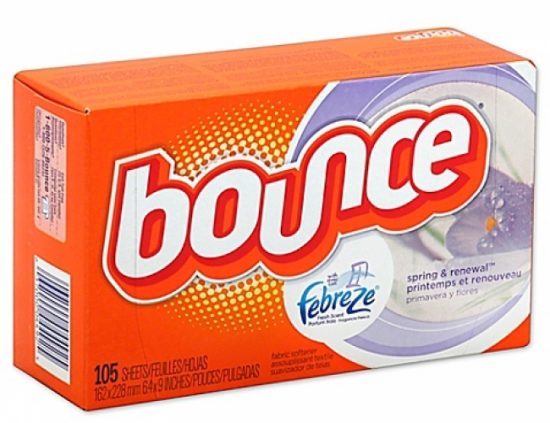 This is likely to be the worst dryer product on the consumer market because of its added “Febreze”, whose main ingredient is dichlorobenzene. This extremely carcinogenic solvent is used to manufacture paint thinners. It is hidden in plain sight using the marketing name “Febreze”. It is readily absorbed into the body through both the lungs and the skin. The chemicals of “Febreze” are known to cause respiratory distress and sudden heart attacks in otherwise healthy people. Benzene compounds transform into DDT compounds when exposed to chlorine compounds, such as those found in tap water, laundry bleaching agents, and the ingredients of Febreze. These issues have been known throughout the chemical industry for approximately 60 years, so none of the toxicity is accidental. It is exactly how Febreze “works” — by poisoning the mucous membranes to cripple a victim’s sense of smell. The “freshness” of Febreze comes from a chemically-crippled immune system.
This is likely to be the worst dryer product on the consumer market because of its added “Febreze”, whose main ingredient is dichlorobenzene. This extremely carcinogenic solvent is used to manufacture paint thinners. It is hidden in plain sight using the marketing name “Febreze”. It is readily absorbed into the body through both the lungs and the skin. The chemicals of “Febreze” are known to cause respiratory distress and sudden heart attacks in otherwise healthy people. Benzene compounds transform into DDT compounds when exposed to chlorine compounds, such as those found in tap water, laundry bleaching agents, and the ingredients of Febreze. These issues have been known throughout the chemical industry for approximately 60 years, so none of the toxicity is accidental. It is exactly how Febreze “works” — by poisoning the mucous membranes to cripple a victim’s sense of smell. The “freshness” of Febreze comes from a chemically-crippled immune system.
Nonylphenol is a byproduct of a chemical that is used in laundry detergents. According to the U.S. Environmental Protection Agency, it has been detected in human breast milk, blood, and urine. It has been shown in animal studies to cause adverse reproductive and developmental effects. It is so prevalent that it is now being detected in municipal water supplies.
Sodium lauryl sulphate is an industrial degreaser that is found in a wide variety of cleaning products. It is even in most toothpastes. It is known for being a skin irritant. When it breaks down, it releases another chemical, 1,4-dioxane. The National Institutes of Health have warned that 1,4-dioxane is “reasonably expected to be a human carcinogen”, because it has been repeatedly shown to cause cancers in animal studies. It is also known for causing kidney, liver, and nervous system damage. Preliminary research is showing that it accumulates in the body over time. It likewise accumulates in the environment, in a manner similar to the infamous DDT pesticide.
Laundry manufacturers sometimes add formaldehyde to their formulas. Formaldehyde is carcinogenic, a skin irritant, and a respiratory poison. The massive list of formaldehyde side effects can be found in our article about vaccine ingredients. Formaldehyde was the main ingredient in hair straightening products that prompted O.S.H.A. to issue a hazard alert about the health risks. Some of the products have been reformulated to remove formaldehyde, because the California Attorney General sued the companies responsible.
Most cleaning products contain phthalates, which are chemicals that are normally used to make plastics softer and malleable. They are often present in laundry products as manufacturing byproducts. Phthalates cause massive hormone disruptions, which makes them particularly damaging to women’s health. They also cause cancer, birth defects, and fertility problems. Phthalates are still being studied, but the findings are arriving too late. The Centers for Disease Control reported that phthalates can be found in the blood of most Americans, and the greatest quantities are in women. Women have more contact with cleaning products, which is the main reason for their increased exposure. The breadth of the danger is not yet fully understood, but phthalates are being studied by several government agencies, including the F.D.A., the N.I.E.H.S., and the National Toxicology Program’s Center for the Evaluation of Risks to Human Reproduction.
Many people who are searching for alternatives will be tempted to use borax as a natural alternative to detergents. However, borax is neither natural nor is it safe. It is a chemical skin irritant, and its residue on clothing is damaging to the skin. Some claim that it is natural because it contains the mineral boron, but it is a completely different substance, and even boron has been shown to present risks. It is acceptable to use borax on occasion to kill fleas, bed bugs, or other insects, and for bleaching; but laundry should be thoroughly rinsed through a second wash to ensure that none remains. This is especially important for those with sensitive or damaged skin.
The Most Common Ingredients in Fabric Softeners
- Benzyl acetate
- Limonene
- Y-methyl ionone
- Linalool
- A-terpineol
- Methylene chloride
In 1991, the U.S. Environmental Protection Agency released a document revealing that potent carcinogens are present in fabric softeners and dryer sheets. Inside these chemical cocktails is benzyl acetate, which has been linked to pancreatic cancer. Limonene, a known lung irritant, was also prominent. Fabric softeners and dryer sheets are specifically designed to impart chemicals onto clothing, instead of being rinsed away. They lubricate clothing to make it seem softer.
The effects of inhaling these chemicals have not been well studied, but there are people who breathe these chemicals for hours every day, when laundering. People living in apartment blocks are especially vulnerable, because exposure can be persistent when other inhabitants wash their clothes on a rotating schedule. In recent years, there have been increases in work-related lawsuits because of forced exposure to perfumes, which are known to yield asthma attacks, and difficulty breathing. The same chemicals in perfume and cologne products are also used in laundry detergents and softeners.
Sources
Risk Management for Nonylphenol and Nonylphenol Ethoxylates, Environmental Protection Agency
Dioxane, National Toxicology Program
Warning: Getting Your Hair Straightened Could Endanger Your Health, TIME Magazine
Phthalates Factsheet, Centers for Disease ControlIdentification of Polar Volatile Organic Compounds in Consumer Products and Common Microenvironments, Environmental Protection Agency
SO WHAT SHOULD YOU DO?
MAKE THE SWAP TO ORGANIC WOOL DRYER BALLS!
Its so easy to swap out your fabric sheets with wool dryer balls. Plus they are NOT expensive at all! By using essential oils (Again I only recommend Young Living because the last thing you want is any synthetics in your essential oils when thats something your trying to remove from your life) you can change the sent to what ever you want. You also do not need to apply oils to each of the dryer balls. I keep mine in a glass jar that already has some oils in it and refresh or change when I want to!
The Benefits of Using Organic Wool Dryer Balls:
1. Your family will be healthier!
Organic wool dryer balls are made from 100% organic wool, free of any pesticides or chemicals. This means there are no toxic chemicals used to coat your clothing in the latest “fresh” smell that lingers for hours, and or days–coating your skin with carcinogens. They are hypoallergenic–which is great for anyone suffering from sensitive skin, eczema, asthma, or allergies.
2. You’ll save time and energy!
When using 4-6 wool dryer balls at a time, you will decrease the amount of time it takes to dry your wet laundry by 30-50%! Each ball helps to create space between your clothes so the warm air of your dryer can circulate deep inside the load to dry everything more thoroughly and efficiently, thereby saving precious electrical energy in the process!
3. You’ll save MONEY!
Wool dryer balls can be used over and over and over! They say about 1500 plus loads! Which means you no longer are spending about what $ 5.00 – $8.00 a box for scented dryer sheets and you’ll be saving on your energy bill too!
4. You’ll soften your laundry and reduce wrinkles
Wool dryer balls naturally reduce static cling. So no more embarassing underwear stuck to your clothes (later to be discovered)
5. You can change the scent anytime
Its so easy to change the scent to match …whatever, by using Young Living essential oils. Winter drearies got you down…Add lemon to your dryer balls!
Stressful week coming up? Add Peace and Calming or lavender to your dryer balls!
My sheets usually are done in lavender but sometimes I want alittle Stress Away added!
Lavender or Gentle Baby would be a great choice for you little ones bedding!
Isn’t it better to be absorbing essential oils into your skin Than any number of those chemicals listed above? 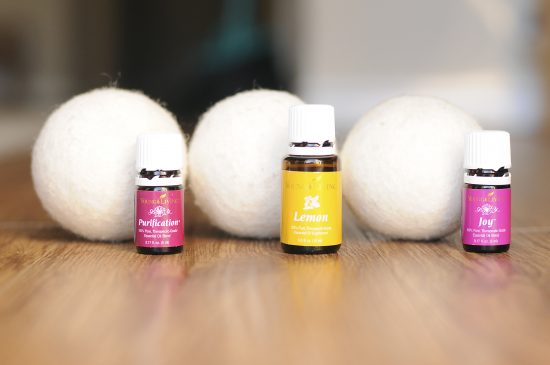
Want to learn alittle more about Young Living ? Sign up for my Free Get Connected series found right here http://katscorneressentiallysimple.com
or for easy info on becoming a Young Living member simply scroll to get started!

